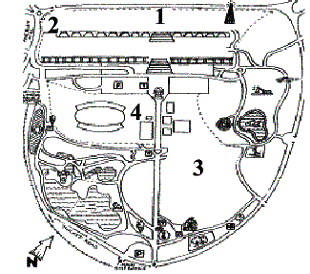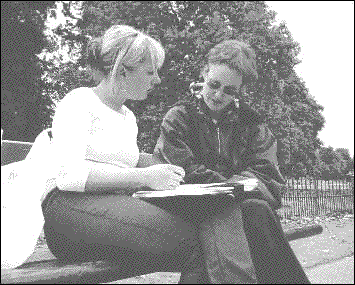2.4 The panel decided
to divide the Park into four areas: (1) - the
Top Site, which had been the main focus of
the Campaign. (2) - the Museum Area,
the site of the Crystal Palace Museum, whose
knowledgeable and dedicated volunteers keep the
history of the Palace alive, albeit on a
shoestring. (3) - the Main Park,
comprising the open spaces of the Park, including
the lawns, lakes, terracing and small scale leisure
facilities. (4) - the Sports Centre, an
existing, well used but neglected facility,
occupying substantial ground in the heart of the
Park.

